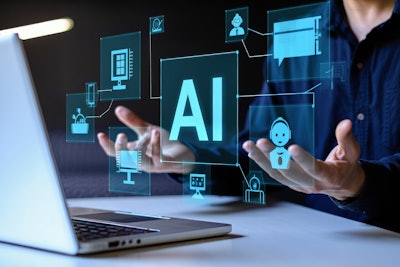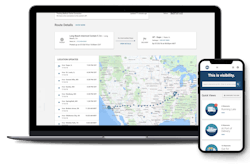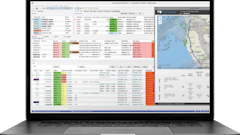
Supply chain disruptions that began with the pandemic have since collided with global conflict, economic instability, and a surge of technological change. Interest rates climbed, project costs soared, and AI moved from the edge to the center of strategic planning. What was once a temporary shock has become the new baseline, as outlined in Galorath’s 2025 State of the Industry report.
“Project-based industries are not just under pressure; they are in a state of ongoing recalibration. Static assumptions, bloated contingencies, and disconnected teams no longer hold. Although leadership teams often voice strong confidence in their project estimates, cost engineers and frontline teams raise serious concerns. They point to siloed information, incompatible systems, and outdated toolsets as persistent barriers to accuracy,” Galorath says.
Key takeaways:
· Nearly 70% prioritize real-time data integration, and 71% want automation. These capabilities are still under-implemented.
· The gap between aspiration and execution highlights the pressure organizations face to modernize core systems in 2025.
· 50% of organizations report data accessibility issues across internal systems, external sources, and historical records, which delay executive decision-making.
· 89% of organizations cite cost volatility including unpredictable swings in labor, changing materials costs, and other input changes as their top operational threat in 2025.
· 33% report having integrated systems across business units.
· 56% are planning to adopt AI-driven tools for forecasting or estimation.
· 76% of cost professionals report no adoption. Engineering teams show higher engagement at 45%, while 50% of program managers report use, it is limited to reporting tools.

















